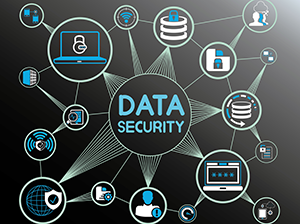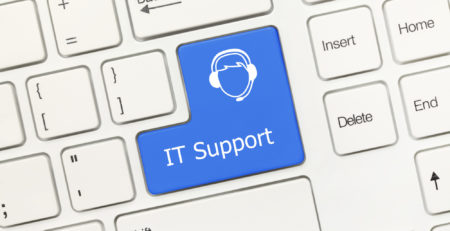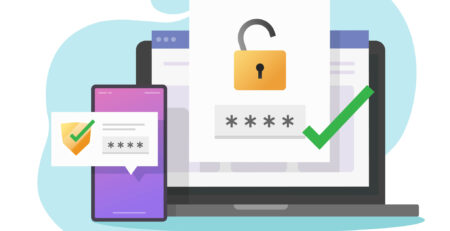The Importance of User Access Management for Data Security
In the digital age, data security is a top priority for businesses of all sizes. One crucial aspect of data security that often gets overlooked is User Access Management (UAM). UAM is a vital component of any robust security strategy, particularly for small businesses that may not have the same resources as larger corporations to invest in high-end security infrastructure.
What is User Access Management?
User Access Management is the process of ensuring that only authorized individuals have access to specific data and resources within an organization. It involves creating, managing, and monitoring user identities and their access rights to various systems and applications.
Why is UAM Important for Data Security?
Preventing Unauthorized Access: UAM helps prevent unauthorized access to sensitive data. By ensuring that only authorized users can access certain information, businesses can significantly reduce the risk of data breaches.
Regulatory Compliance: Many industries have regulations that require businesses to control who has access to certain types of data. Implementing effective UAM can help businesses comply with these regulations and avoid hefty fines.
Efficient Resource Management: UAM allows businesses to manage their resources more efficiently. By controlling who has access to what, businesses can ensure that resources are not being wasted.
Implementing User Access Management
Implementing UAM involves several steps:
1. Identifying Users: The first step in UAM is to identify all users who need access to your systems and what level of access they require.
2. Assigning Access Rights: Once users have been identified, the next step is to assign them access rights. This involves determining what data and resources each user should have access to.
3. Monitoring and Auditing: After access rights have been assigned, it’s important to monitor and audit user activities regularly. This can help identify any potential security threats and ensure that users are not abusing their access rights.
4. Regular Updates: Finally, UAM should be regularly updated to reflect changes in user roles and responsibilities, as well as changes in your business’s data and resources.
In conclusion, User Access Management is a critical component of data security. By implementing effective UAM, businesses can protect their data, comply with regulations, and manage their resources more efficiently. Remember, data security is not a one-time task but a continuous process that requires regular monitoring and updating. So, start implementing UAM today and take a significant step towards securing your business’s data.











Leave a Reply